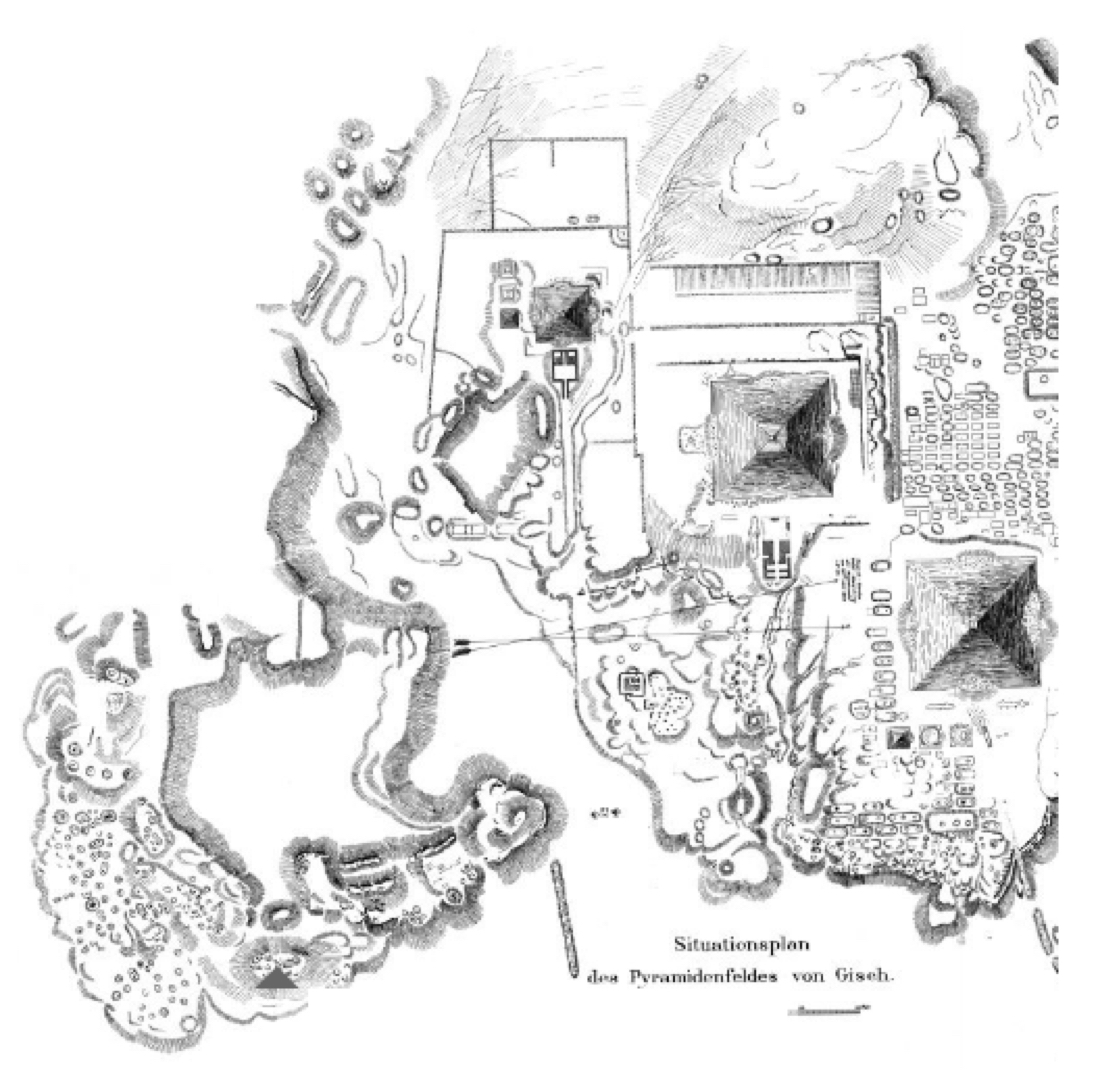:
Diary Transcription:
Unpublished manuscript transcription: begin page 12
and others not plastered were cased, it appears that the rubble was plastered when the casing was not to built immediately, but that when work on the casing was purposed to go forward at once, this protection of the rubble face was not thought necessary. The casing C was built like those in type I. The bricks were laid up with good mud joints and all spaces between them and the core facing filled in with mud. The stone casing had greater greater spaces behind it, and these were packed with bit sof stone, chips, and mud. The casing stones themselves were sometimes laid in mud, but in the better built mastabas, in a hard pinkish plaster. Two modes of dressing were employed. In the greater number of stone cased mastabas, the stones were courses [sic] and stepped, each course set back from the one below it. The stones had rough vertical faces. In G 3031 and G 3011 (offering room face) the casing was not stepped and the stones fitted only at the joints, the faces being roughly convex.
End page 12
-
- Classification
- Documentation-Unpublished manuscripts
-
- Department
- University of Pennsylvania Museum of Archaeology & Anthropology
-
- Credit Line
- University of Pennsylvania Museum of Archaeology & Anthropology
-
- Author
- Clarence Stanley Fisher, American, 1876–1941
Modern People
-
- Type Author
- Nationality & Dates American, 1876–1941
- Remarks Archaeologist and architect. Nationality and life dates from Who was Who in Egyptology.

